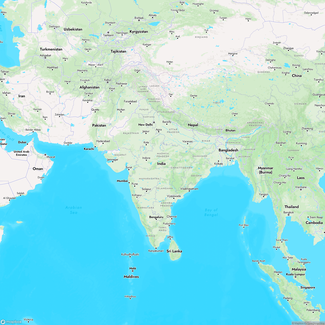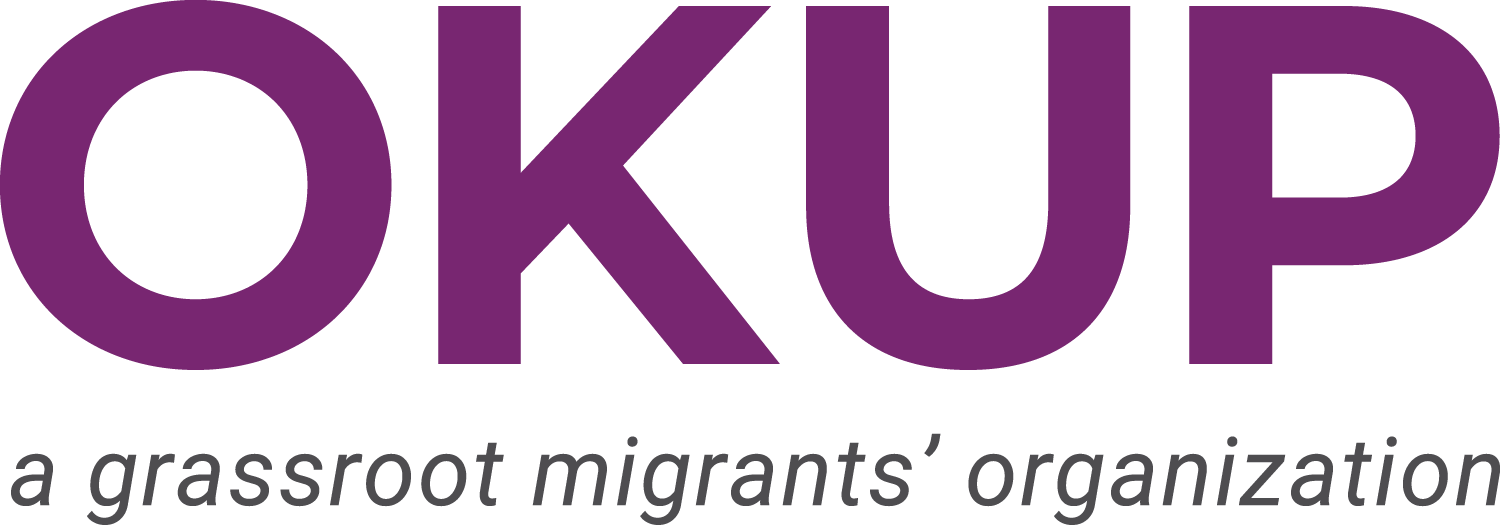This paper focuses on two Indian regions, one affected by slow-onset events and one by rapid-onset events, where different factors influence households' decision to migrate and their needs throughout their migration journey. Distress migration increases vulnerability to human trafficking and forced labour. Migrants from the slow-onset context were more vulnerable to human trafficking compared to those from the rapid-onset context. This may be because areas affected by slow-onset events do not receive the same level of support and relief as those affected by rapid-onset events.

India
India is affected by a range of climate impacts including cyclones, floods, droughts, soil erosion, extreme heat and glacial melt. The evidence here focuses on the impacts of climate change on agricultural communities in the Sundarbans, Jharkhand, Uttar Pradesh, Odisha and West Bengal.
Communities face loss and damage from land degradation and extreme weather events, which can cause the loss of livestock and damage equipment. Many people are displaced when their homes are destroyed.
This leads to food insecurity, debt and unemployment. As a result, many people from these regions are forced to migrate and become vulnerable to forced labour, including debt bondage, and human trafficking.
Men, women and children are exploited by human traffickers, who take advantage of increasingly hostile immigration policies across the region. Many migrants end up working in exploitative conditions in brick kilns or in manufacturing. Women migrate for work in garment factories and girls are at risk of being trafficked for domestic servitude or forced commercial sexual exploitation.
-
-
This report explores the links between climate change, migration and human trafficking in two distinct areas in India, one affected by slow-onset events and one by rapid-onset events. It finds that climate change has become a new driver of migration and human trafficking. When migration occurs under distress, people are at greater risk of human trafficking. More research is needed on the factors that expose people to human trafficking, why they are pulled towards unsafe migration routes and gaps in social protection during climate events.
View detail about Climate Change, Migration and Vulnerability to Trafficking (Jharkhand, India)
-
This report uses the case of the Indian Sundarbans to explore the links between climate change and vulnerability to human trafficking. It aims to provide further evidence on the issue to inform integrated strategies on climate change adaptation, environmental protection and anti-trafficking.
-
The document focuses on how climate change impacts the health of rural populations and (landless) migrant workers at brick kilns.
-
This source looks specifically at the impacts of climate change on children, whose needs are generally overlooked by governments' responses and research on climate change and migration.
-
This source focuses on the links between modern slavery and environmental change in fisheries, fields, forests and factories specifically. The authors recognise the role of capitalism in fuelling environmental degradation, climate change and exploitative business practices (e.g. logging/deforestation or brick kilns), which exacerbate modern slavery. They advocate for a more interconnected analysis of the issues to further our understanding of the links between environmental change and modern slavery.
-
This document collects evidence on the link between climate change, migration and human trafficking. It notes that increased vulnerability to human trafficking as a result of distress migration in the context of climate change is still not sufficiently acknowledged. This situation contributes to communities remaining vulnerable. Desperation pushes some families and individuals to facilitate human traffickers' work to earn an income. Extractive businesses also play a role in worsening vulnerability to modern slavery. Evidence on the exposure of men and boys to human trafficking is lacking compared to that on women, and more research is needed on this overarching topic.
View detail about The Climate Change-Human Trafficking Nexus (India)
-
This paper focuses on two Indian regions, one affected by slow-onset events and one by rapid-onset events, where different factors influence households' decision to migrate and their needs throughout their migration journey. Distress migration increases vulnerability to human trafficking and forced labour. Migrants from the slow-onset context were more vulnerable to human trafficking compared to those from the rapid-onset context. This may be because areas affected by slow-onset events do not receive the same level of support and relief as those affected by rapid-onset events.
-
This source, drawing on research on Ghana and the Sundarbans region, shows how the negative effects of climate change force people into unsafe migration and increase their vulnerability to forced marriage, debt-bondage, forced labour and human trafficking. It explains how women and children who stay back are also at risk of modern slavery. Families use harmful traditional practices (such as forced marriage) to cope with the negative effects of climate change. Girls and young women who try to escape can be driven to take unsafe migration routes, increasing their exposure to modern slavery. Access to resources and information is key to improving people's resilient and ability to adapt to climate change.
-
This report explores the links between climate change, migration and human trafficking in two distinct areas in India, one affected by slow-onset events and one by rapid-onset events. It finds that climate change has become a new driver of migration and human trafficking. When migration occurs under distress, people are at greater risk of human trafficking. More research is needed on the factors that expose people to human trafficking, why they are pulled towards unsafe migration routes and gaps in social protection during climate events.
View detail about Climate Change, Migration and Vulnerability to Trafficking (Kendrapara, India)


